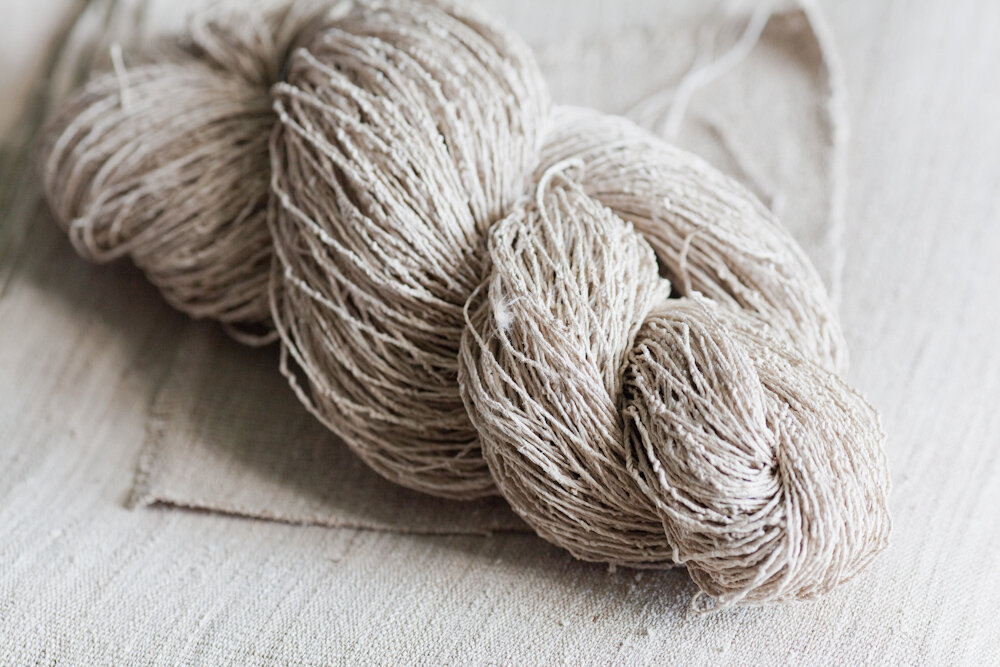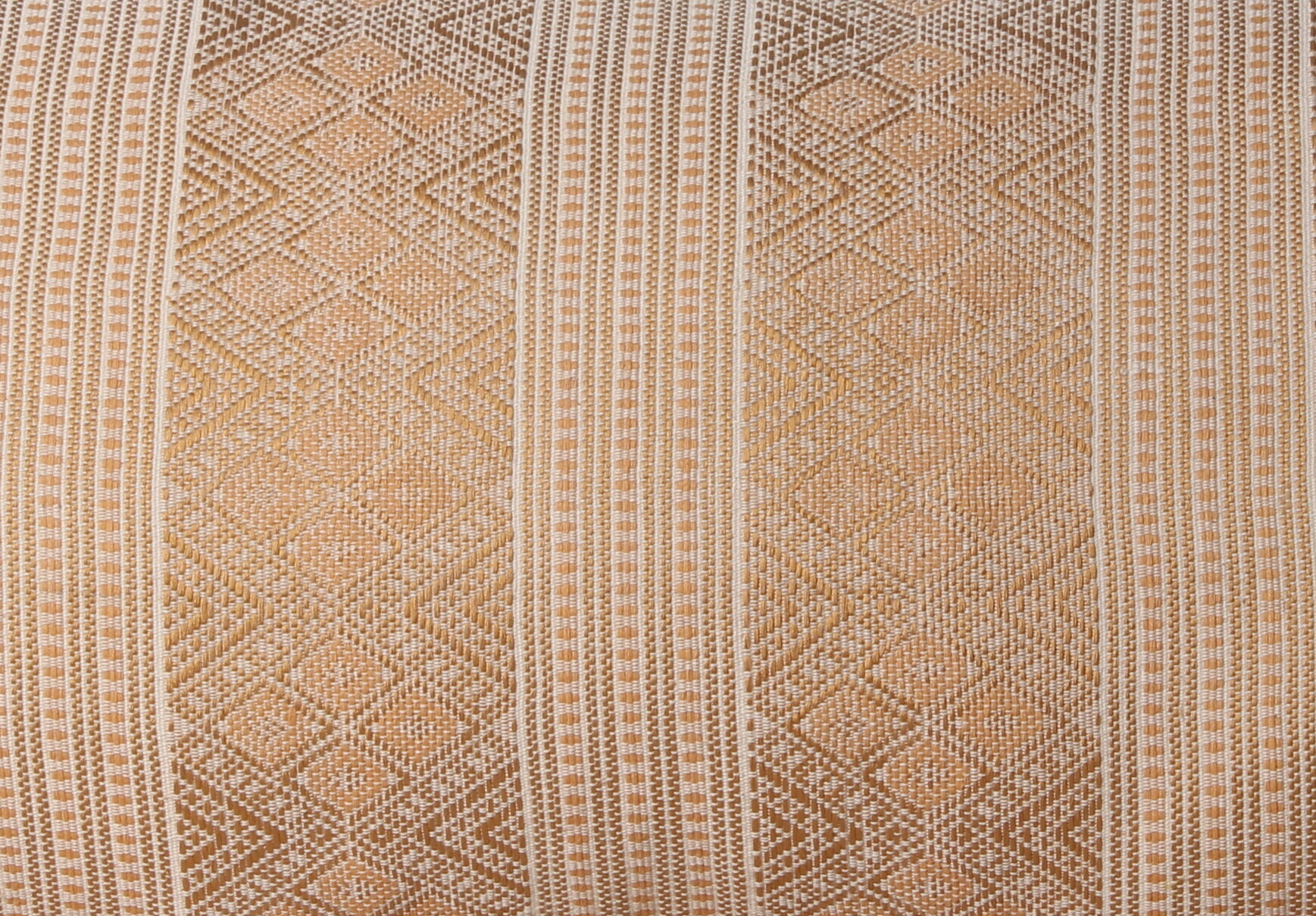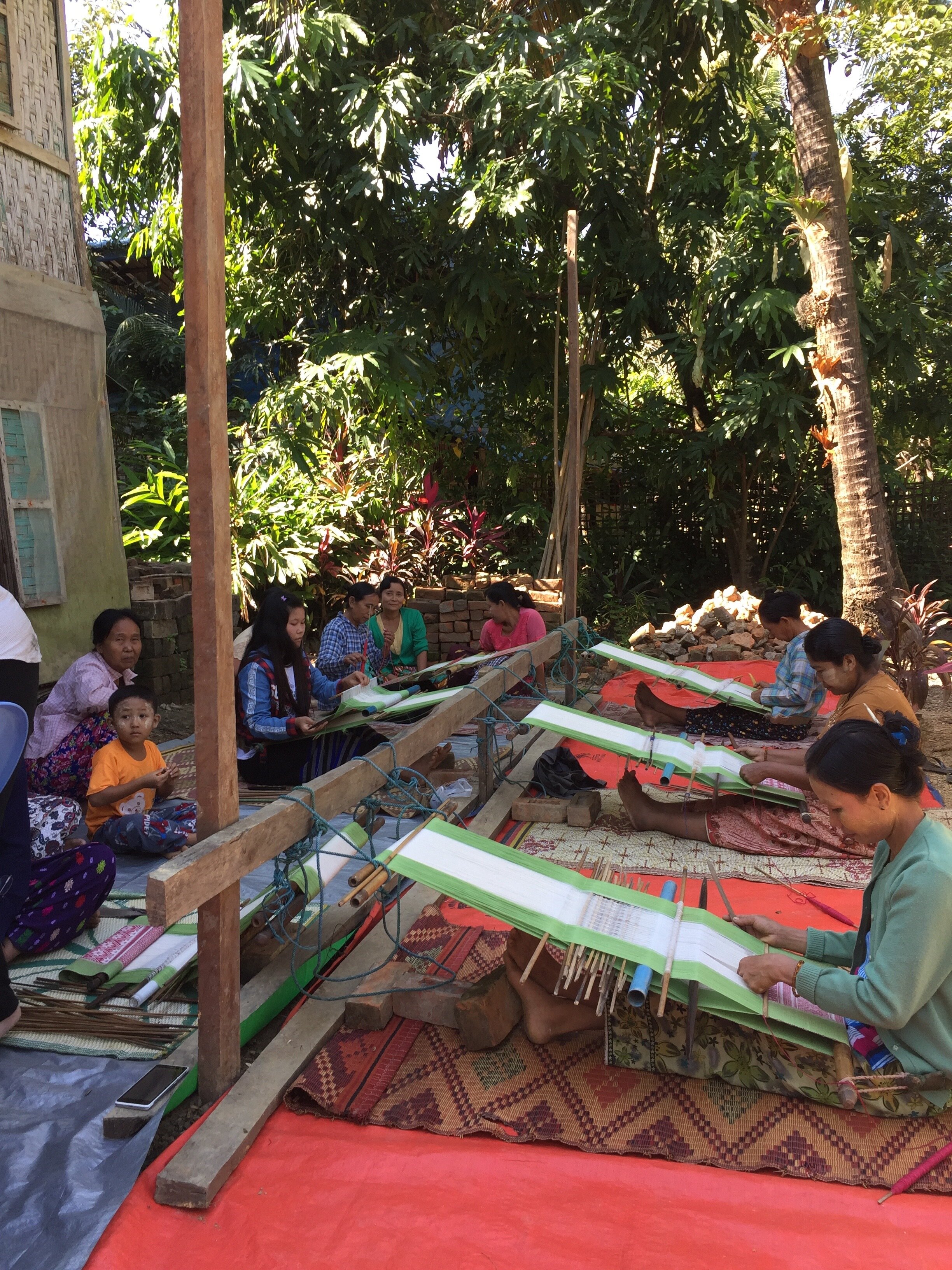Handweaving in Myanmar
Myanmar is nestled between China, India and Thailand; it is a wonderfully diverse country with a challenging past and future. Myanmar is made up from more than 135 different ethnic groups, each with their own history, culture, language and textile heritage. Many of these groups, who mostly live away from the commercial hubs of Yangon and Mandalay, are still reliant on textiles as a significant source of income and at Wayzgoose, we aim to support as broad a range of these groups as possible.
There are two main types of weaving in Myanmar; backstrap and frame-loom weaving. Backstrap weaving is where the weaver sits on the floor, weaving to the width of their body, using their legs to create tension in the loom. Frame-loom weaving is where the weaver sits at a large wooden frame, using a combination of foot pedals and hand shuttles to create the weave. Both are intricately complex and highly skilled, with each region having their own distinct style and techniques.
Backstrap Woven Chin Textiles
Numerous ethnic groups spread across Myanmar practice the time-honoured skill of backstrap weaving. Each group has a distinct culture, using specific motifs and techniques.
A Closer Look at the Asho Tribe
The Asho are six culturally distinct groups originally from within Southern Chin state. Probably the most recognisable item traditionally worn by Asho women is the ‘Kounsho’ head wrapper. Traditionally the ground of the piece is red, with yellow supplementary weft patterning at the top and bottom of the textile, with a row of hand-embroidered flowers running through the centre of the textile.
This contemporary capsule collection was created in collaboration with Turquoise Mountain Myanmar. Items from the collection are available to buy, please head over to the shop to purchase.
Traditional Asho textile
Asho scatter cushion
Asho contemporary bed throw

Lotus Weaving on Inle Lake
In Myanmar Buddhist teaching, the lotus flower is a symbol of your ability to overcome difficult circumstances and realise your potential; just as the lotus flower emerges through muddy waters and unfolds its beautiful petals. The lotus is ubiquitous across Myanmar, but is most famously represented on Inle Lake where it forms a fascinating part of Myanmar’s textile traditions. Inle is located in Shan State and is the second largest lake in Myanmar, famous for its floating villages and gardens and fishing leg-rowers. Inn Paw Khon village, which is situated on the lake itself, has a long tradition of using lotus fibres to make cloth. The fine lotus fibres are drawn from the cut stems of the lotus plant and are incredibly soft and flexible. Inle is one of the only places on earth where you can still observe this ancient technique. It is said that the technique of spinning thread from plants was first developed as an offering to Buddhist Monks in the form of lotus robes, but nowadays, the fibres are primarily used to weave scarves and shawls.
















